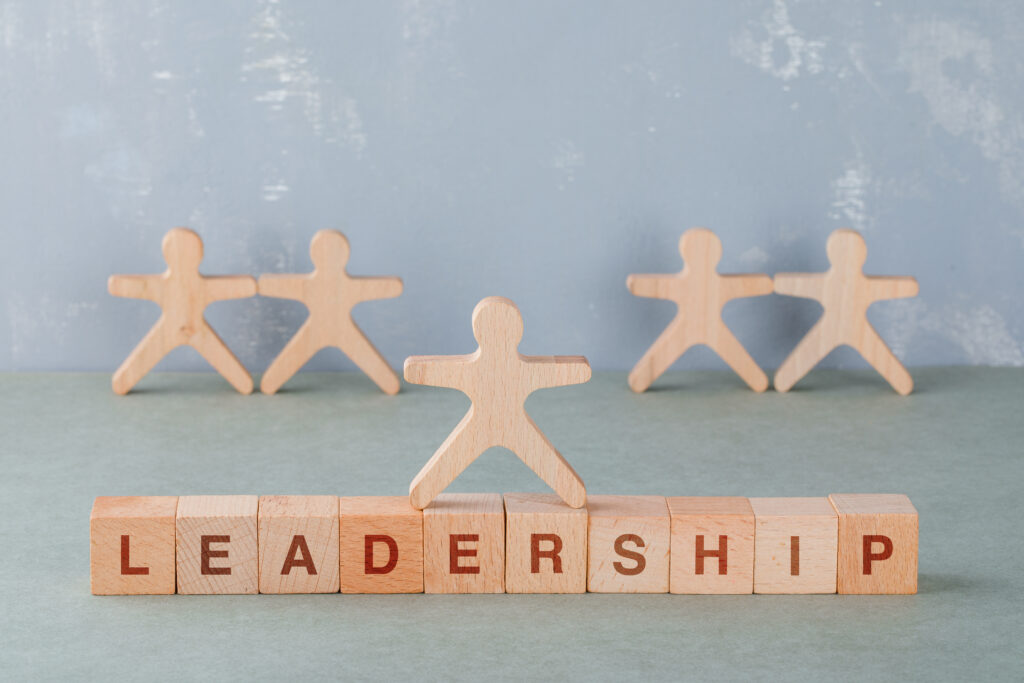Google Cloud Is the New Way to the Cloud
10th August 2024
Virtual Reality: Immersive Wonders and Hidden Risks in a Digital World
13th August 2024In today’s dynamic business environment, strong leadership is a cornerstone of organizational success. Companies with effective leaders are better positioned to navigate challenges, drive innovation, and achieve long-term goals. However, developing leaders who can meet these demands requires a strategic approach. In this blog, we’ll explore how to build a strong leadership development program that equips your organization with the leaders it needs to thrive.
Why Leadership Development Matters

Leadership is not just about holding a title or position; it’s about inspiring, guiding, and influencing others to achieve common goals. Organizations that invest in leadership development often see higher employee engagement, better decision-making, and improved financial performance. A robust leadership development program ensures that your organization has a steady pipeline of leaders ready to take on future challenges.
1. Assessing Organizational Needs
Before developing a leadership program, it’s crucial to understand the specific needs of your organization. Start by assessing your company’s strategic goals and the leadership skills required to achieve them. Are you expanding into new markets? Do you need leaders who can drive digital transformation? Identifying these needs will help tailor the program to align with your business objectives.
2. Identifying Leadership Gaps
Once you’ve outlined your organizational needs, the next step is to identify gaps in your current leadership. Conduct leadership assessments, gather feedback from employees, and analyze performance data to determine where your existing leaders excel and where they fall short. This analysis will guide the focus of your leadership development efforts.
3. Designing the Program
A strong leadership development program should be comprehensive, yet flexible enough to adapt to individual needs. Here are the key components:
- Competency Framework: Develop a framework that defines the essential skills, behaviors, and attributes required for leadership roles within your organization. This framework should serve as the foundation of your program, guiding training, assessments, and evaluations.
- Customized Training: Offer tailored training programs that address the specific challenges and opportunities within your organization. This could include workshops on strategic thinking, decision-making, emotional intelligence, and other leadership competencies.
- Mentorship and Coaching: Pair emerging leaders with experienced mentors who can provide guidance, support, and valuable insights. Additionally, consider incorporating external coaching to offer fresh perspectives and accelerate leadership growth.
4. Creating a Culture of Continuous Learning
Leadership development should not be a one-time event but an ongoing process. Foster a culture of continuous learning by providing regular opportunities for leaders to develop and refine their skills. This can be achieved through workshops, seminars, e-learning platforms, and on-the-job experiences. Encourage leaders to seek feedback and apply what they learn in real-time.
5. Measuring Success
To ensure the effectiveness of your leadership development program, it’s essential to track its impact. Identify key performance indicators (KPIs) such as employee engagement scores, leadership readiness, retention rates, and business outcomes. Regularly evaluate the program and gather feedback from participants to identify areas for improvement.
6. Overcoming Challenges
Building a leadership development program is not without its challenges. Common pitfalls include lack of engagement from participants, resistance to change, and insufficient resources. To overcome these challenges, secure buy-in from top management, ensure the program is relevant and engaging, and allocate the necessary resources to support its success.
7. Real-Life Success Stories
Consider sharing case studies or examples of organizations that have successfully implemented leadership development programs. For instance, companies like General Electric and IBM have long been recognized for their robust leadership pipelines, which have played a critical role in their sustained success. Highlighting these examples can provide inspiration and practical insights for your readers.

Conclusion: Investing in the Future
Building a strong leadership development program is an investment in your organization’s future. By developing leaders who are equipped to meet today’s challenges and tomorrow’s opportunities, you position your company for long-term success. Start by assessing your organization’s needs, designing a comprehensive program, and fostering a culture of continuous learning. The results will speak for themselves.
Similar Blog CLICK
Contact us CLICK





